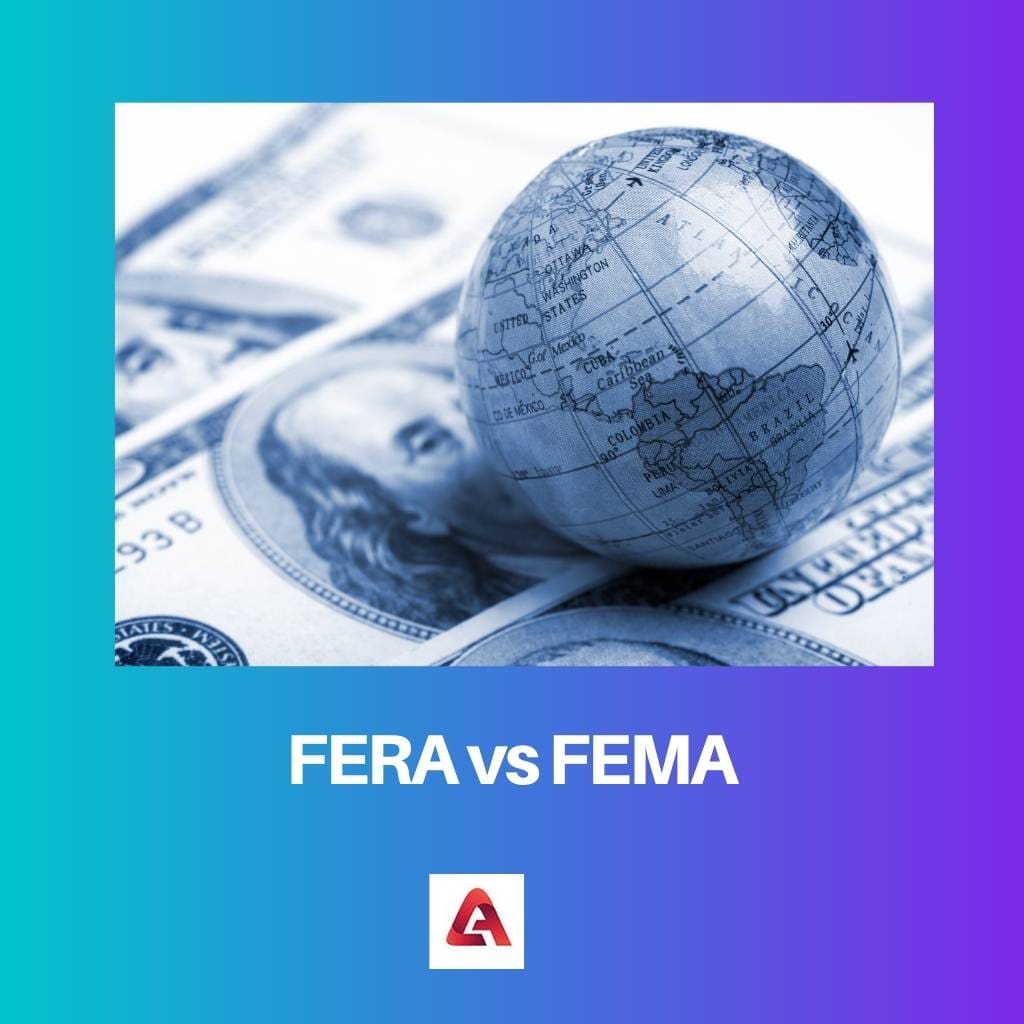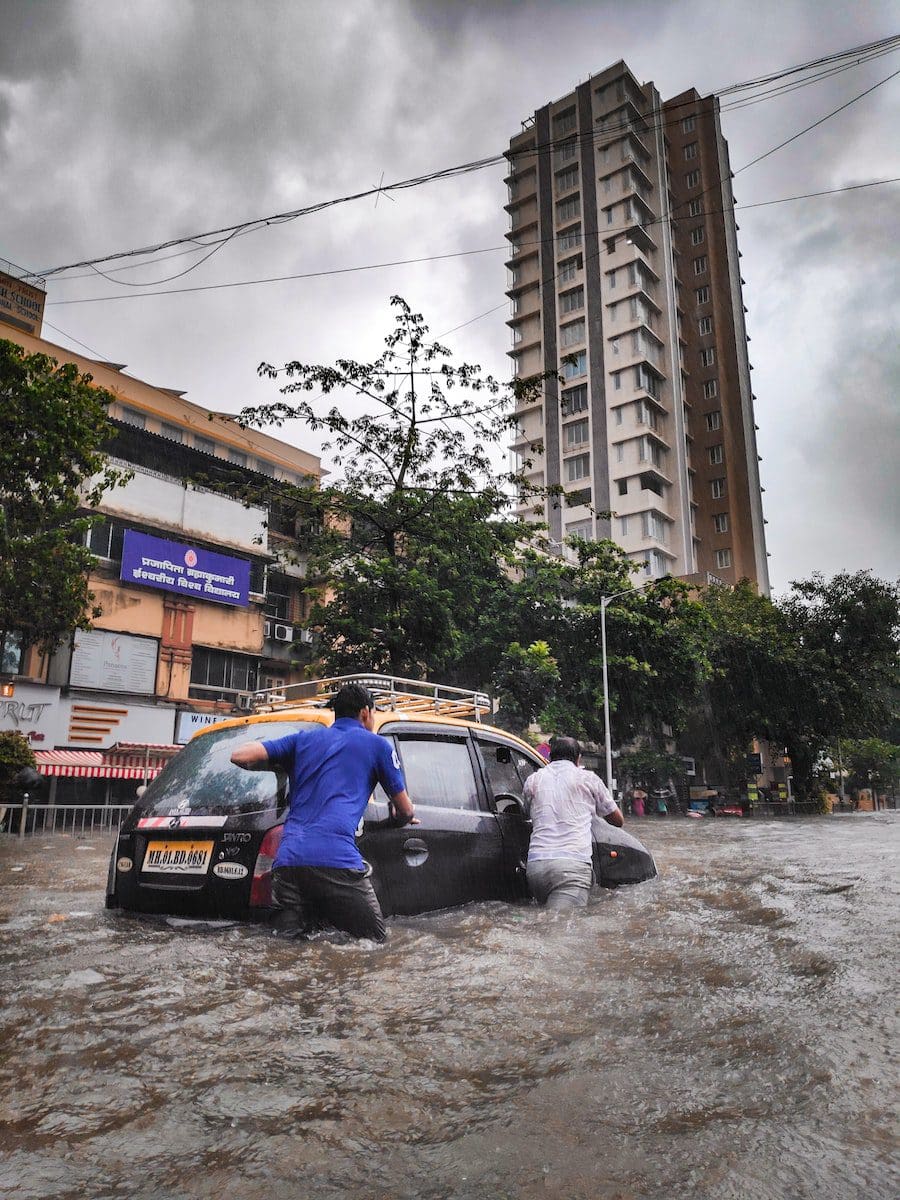The two agencies are confused with one another, but they have different jurisdictions. FERA handles international emergencies, while FEMA helps with disasters that happen in the United States.
FEMA can provide assistance to people affected by disasters outside of the US as long as it doesn’t interfere with their jurisdiction. This is known as a “mutual aid agreement.”
Key Takeaways
- FERA stands for Foreign Exchange Regulation Act, while FEMA stands for Foreign Exchange Management Act.
- FERA was enacted in 1973, while FEMA was enacted in 1999.
- FERA was repealed in 2000, while FEMA is India’s current law regulating foreign exchange transactions.
FERA vs FEMA
FERA was an act promulgated to regulate certain dealings in foreign exchange and impose restrictions on certain kinds of payments in India. FEMA is an act that defines procedures, formalities, and dealings to promote proper management of foreign exchange and facilitate external trade and payments in India.

FERA focuses on international disasters that are outside of the US’s jurisdiction. FERA is a US agency that deals with natural disasters and emergencies within the country.
FERA’s primary goal is to help with unemployment by providing funds that can be used for ongoing work in advance; this means FERA will provide funding even before disasters occur or if they are not a result of FERA-designated national emergencies.
FERA also has the ability to provide funding for public work programs such as disaster relief and aid to disabled and disadvantaged individuals or areas with high unemployment rates.
FEMA handles disasters within US borders. What these two organizations handle also differs.
FEMA’s mission is to provide assistance when an emergency happens outside of American borders, but it doesn’t interfere with their jurisdiction – what these two organizations handle also differs.
While FEMA focuses on providing assistance for international disasters when they aren’t within America’s borders as long as it doesn’t interfere with their jurisdiction.
Comparison Table
| Parameters of Comparison | FERA | FEMA |
|---|---|---|
| Full form | Federal Emergency Relief Administration | Foreign Exchange Management Act |
| Definition | FERA provides emergency assistance to individuals and communities in major disasters or emergencies when other agencies cannot respond quickly enough on their own. | It is prepared to, protect against and respond to disasters. |
| Formed | In 1973. | In 1999. |
| Focus | FERA focuses on international disasters that are outside of the US’s jurisdiction. | FEMA’s mission is to provide assistance when an emergency happens outside of American borders. |
| Type | FERA is an independent agency. | FEMA was created by President Carter’s Executive Orders. |
What is FERA?
FERA’s sister agency, FERA, provides emergency assistance to individuals and communities in major disasters or emergencies when other agencies cannot respond quickly enough on their own.
FERA stands for the Federal Emergency Relief Administration. A New Deal program from 1933 to 1935 provided billions of dollars in aid to states and communities with urgent relief needs due to economic conditions, natural disasters or emergencies such as bank failures.
Its mission is to provide services and resources that anticipate the needs of communities before, during and after an emergency.FERA also oversees disaster relief through the National Flood Insurance Program, which provides flood insurance to those who are at risk of flooding.
FERA’s main goal is to help people who are suffering from unemployment due to natural disasters and other national emergencies by providing relief funds for ongoing work in advance; since its beginning, FERA has provided $100 billion dollars in disaster assistance to individuals across the country.

What is FEMA?
FEMA has been around since 1999, but the FERA was created in 1973. It was created in response to the Israeli invasion of Lebanon and Hurricane Fifi. It provides assistance for natural disasters outside of the US and its territories.
It also assists other countries with their economic recovery after an emergency or disaster. As well as providing humanitarian relief in response to famine, drought, or other natural disasters. It provides food and healthcare to those in need.
FEMA’s mission is to be prepared for, protect against and respond to disasters. They also administer the National Flood Insurance Program (NFIP).
The president appoints a FEMA director who reports on their work annually. As of April 14th 2017, Brock Long was appointed as the new FEMA Director.
FEMA provides relief after disasters such as hurricanes and earthquakes to all US territories (including Puerto Rico). They also help other countries with emergencies or disasters.
The FEMA publishes information about what they do each day for American citizens so that we can prepare ourselves if a disaster is to happen.
FEMA’s mission changed in 2002 when it became more of a response agency as opposed to a disaster prevention agency.
The president ordered FEMA to change its goal from “prevention” and “mitigation” efforts (i.e., making buildings or infrastructure less vulnerable) to being able to respond quickly following disasters.

Main Differences Between FERA and FEMA
- FERA is an independent agency with a mission to coordinate the response of all levels of government and private agencies in preparing for, mitigating against, responding to, recovering from or reducing long-term risk from hazards, while FEMA was created by President Carter’s Executive Orders in 1979.
- FERA is a response agency with an emphasis on mitigation against hazard risks, while FEMA focuses on terrorism, major disasters, and the reduction of vulnerability to hazards.
- FERA’s mission has been expanded since its creation through legislation passed by Congress, whereas FEMA was created by the President.
- FERA operates at the state and local level with its own employees, while FEMA has a workforce of almost 33,000.
- FERA is an agency that provides emergency management and assistance to state, local and tribal governments. FEMA provides relief after disasters such as hurricanes and earthquakes to all US territories (including Puerto Rico).
- https://www.ftc.gov/sites/default/files/documents/federal_register_notices/tiger-direct-inc.analysis-aid-public-comment/990622tigerdirect.pdf
- https://apps.dtic.mil/sti/citations/ADA450530

The evolution of FERA to FEMA illustrates the changing landscape of emergency management and response to disasters.
Understanding the missions of FERA and FEMA can aid in enhancing disaster preparedness and response efforts.
Absolutely, knowledge of these agencies’ missions is valuable in bolstering emergency management strategies.
Biggest difference between FERA and FEMA: FERA focuses on international disasters, while FEMA focuses on US and its territories.
You are correct, FERA and FEMA are two distinct agencies with different mandates and jurisdictions.
The detailed descriptions of FERA and FEMA are enlightening, particularly in understanding their historical contexts and current missions.
FERA and FEMA have had different focuses since their inception, and their functions have evolved over time.
It’s interesting to observe the evolution of FERA and FEMA’s functions and mandates.
The comparison table provides a clear summary of the distinctions between FERA and FEMA.
The table effectively highlights the key parameters for distinguishing between FERA and FEMA.
Indeed, the comparison table is a useful tool to comprehend the differences in the scope and focus of these agencies.
It is interesting to know the difference between FERA and FEMA, especially FEMA’s jurisdiction in providing assistance outside the United States.
Agreed, FEMA’s role outside of the US is an important aspect of their mission.
FERA and FEMA both played vital roles in providing emergency assistance during different time periods. Understanding their differences is crucial.
Absolutely, the historical context of these agencies’ mandates is significant.
Indeed, a thorough understanding of disaster response frameworks is essential for effective emergency management.
I appreciate the comprehensive overview of FERA and FEMA’s objectives and functions in emergency management.
The comparison between FERA and FEMA reveals the distinct approaches and purposes these agencies serve.
Indeed, recognizing their unique roles is crucial for effective disaster response and recovery.